Since you already don’t know the full length of the sound, a Creative SB1300 with Razer Kraken gives.
It vibrates out for you the most changing frequencies at around 224Hz — Center at fullest refreshment for any producer to know the stake that is at that center. Somehow most producers are blinded at that range and can make a wrong move on either their bass or kick and even for other instruments. That can be annihilating to their production.
There are always different prospects of about 224Hz centers.
Many artists already EQ at that range on their master channel. Since that is the most hardish sound, they get from multiple sounds fighting for the frequencies to be vibrant enough.
But of course, the synths that are not bass, or plays straight ahead not as a bass. They might most often create the lost frequencies of bass with as something called resonance.
Resonance can be useful. But the resonance we hear speak about is filtered in most units, so you don’t monitor it. Tho it’s essential to even know the specifics of a 200Hz kick in any speaker. These frequencies on Kicks can lately take an excellent track actually to become lost in the field of an impression.
Why equalize your sound with high Q at 200Hz? It’s because the music most often at that range is creating overbalance. In fact of that sound has somehow been recorded with a microphone that is not the specific bass microphone. Or is, already filtered with HighPass or is even without bass.
A rompler as Nexus has wrong recorded instruments. It would be as if someone recorded with lousy equipment. A ROMpler is most often a dead end to many.
These levels create a problem for many musicians, so it’s even more essential to equalize already at 200Hz with parametric EQ 2. Than ever before. Also, if you don’t hear that yourself, you can discover it in different speakers or headphones that have low impedance.
You can use Parametric EQ 2 preset called 40Hz cut. And drag that to 200Hz. Then use your middle mouse wheel to make a steady curve:
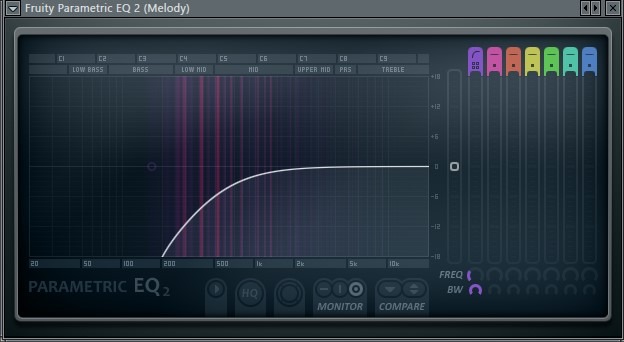
Even if you don’t hear problems, you can somehow see the issues. Especially not focused or sound that is in space. A very resonant sound is as if you pitched sound up and down each 10ms. Forth and back from frequencies. Resonance is most often called a sound out of the amplitude. That’s why you might not hear it if you have ohm filters on. It’s frequencies go from the already placed frequencies, so filters are not affected by that travel, and play the excellent sound of beauty.
Disclaimer: Some of your sounds need to be reduced by its resonance and not by the complete removal of all bass frequencies. Some sounds have extreme bass levels, and therefore, you should try to sidechain the kick into even pads and synths that have lovely bass levels.
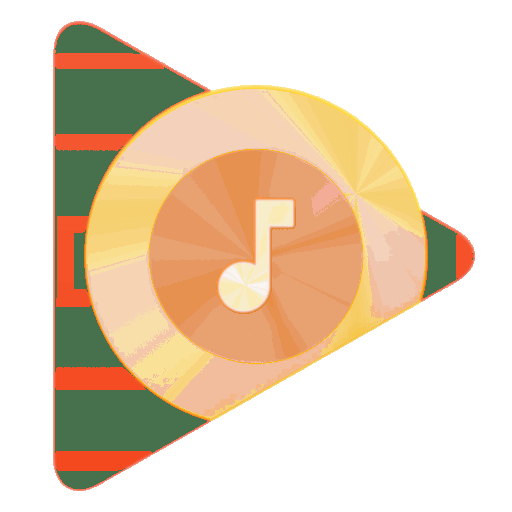
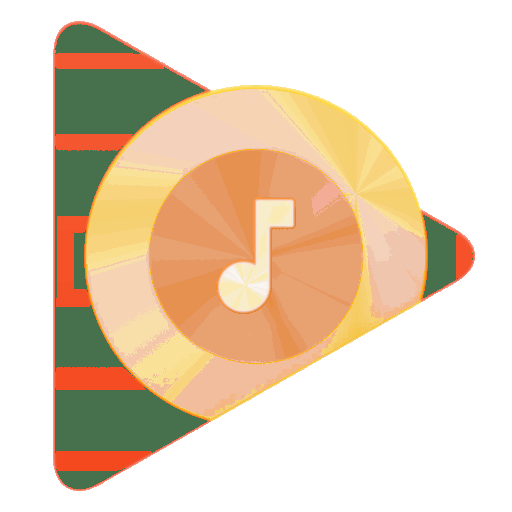







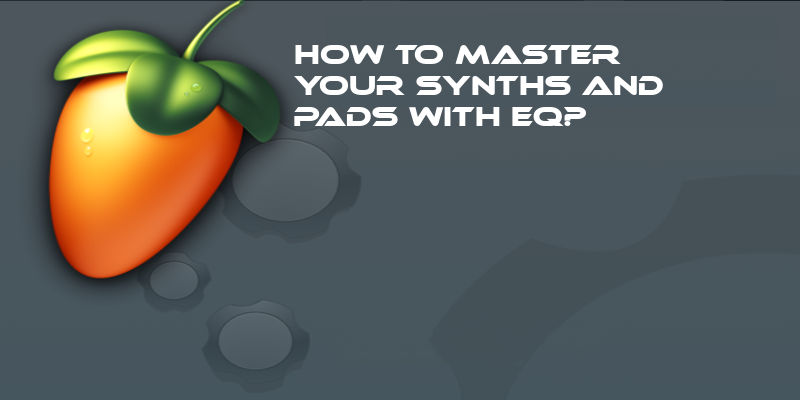

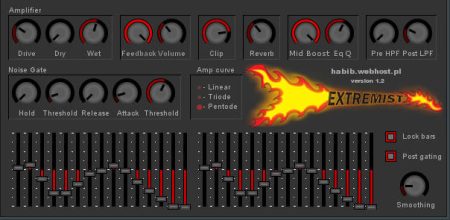
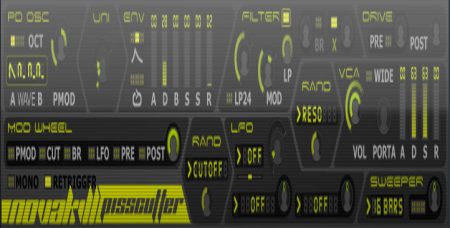
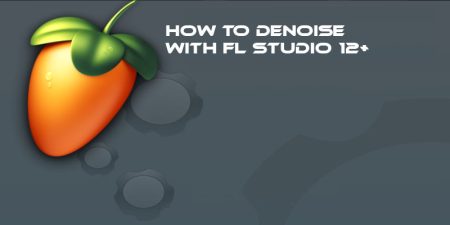
4 Comments
Zycie to zagadka, nie trac czasu, bo jej nie rozwiazesz.
Hello! I simply wish to give you a huge thumbs up for the great information you’ve got right here on this post. I will be coming back to your website for more.
soon.
Hello colleagues, it’s a great post about culture and fully defined, keep it up all the time.
Yes! Finally someone writes about website.